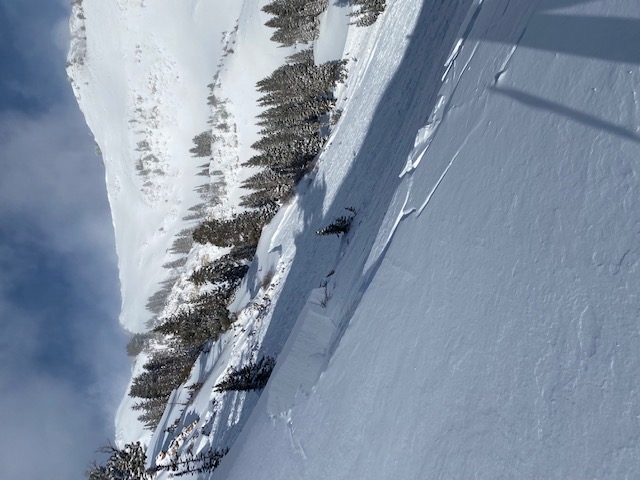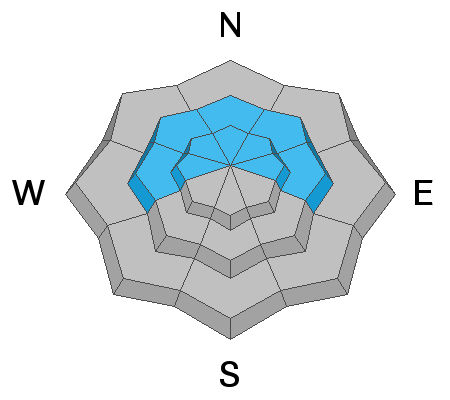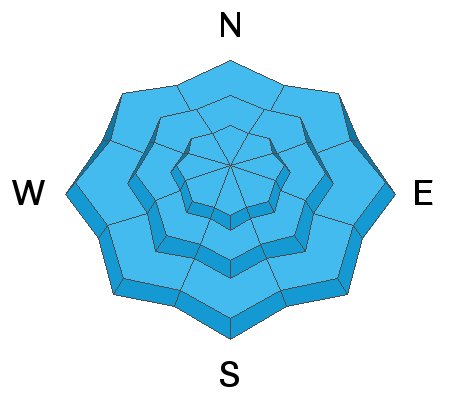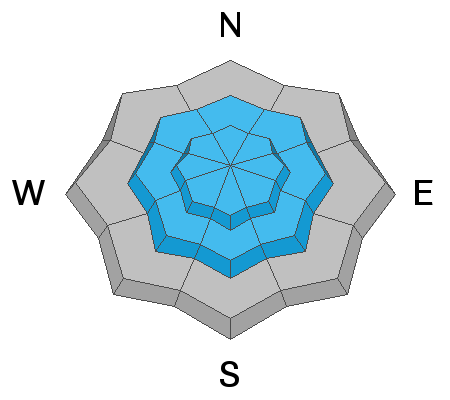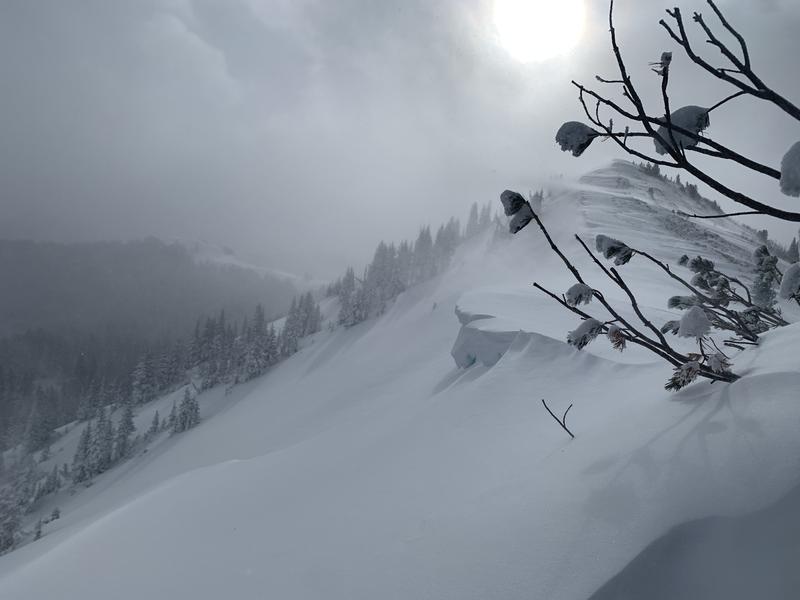Avalanche Warning
AN AVALANCHE WARNING HAS BEEN ISSUED FOR THE MOUNTAINS OF MUCH OF THE STATE OF UTAH, INCLUDING THE WASATCH RANGE...BEAR RIVER RANGE...UINTA MOUNTAINS...THE MANTI-SKYLINE ...THE FISH LAKE REGION…PAHVANTS…TUSHARS…AND THE CEDAR CITY AREA MOUNTAINS.
THE AVALANCHE DANGER IS HIGH FOR THE WARNING AREA AND TRAVEL IN AVALANCHE TERRAIN IS NOT RECOMMENDED.
HEAVY SNOWFALL AND STRONG WINDS HAVE CREATED VERY DANGEROUS AVALANCHE CONDITIONS. BEING CAUGHT IN ANY AVALANCHE IS LIKELY TO BE UNSURVIVABLE. STAY OFF OF AND OUT FROM UNDER SLOPES STEEPER THAN 30 DEGREES.
Thursday featured very strong west/southwest winds and heavy snowfall began in the early evening hours. As of 5 am, 24-hour snowfall totals are 14-22" containing 1.5" to over 2" of water. This is a rapid loading event!
Temperatures range throughout the teens and winds are from the west/southwest and have diminished somewhat. At lower elevation ridges, wind speeds are averaging less than 10 mph with gusts in the 20's. Mid elevation ridges are averaging in the teens with gusts in the 20's mph. Along the upper-most ridges winds remain elevated, averaging in the 20's and 30's with overnight gusts in the 60's and 70's mph.
For today, temperatures will stay stuck in the teens with another 4-8" of snowfall. Winds will be from the west/northwest. At mid elevations winds will average in the teens with gusts in the 20's mph. At the highest ridges, winds will average in the 20's and 30's with gusts near 50 mph.
Snowfall may pick up again overnight and into Saturday morning, followed with the coldest temperatures thus far of this winter season.
Our
Week in Review - where we highlight significant snow and weather from the past week -
is now available.
There were likely at least a few natural avalanche cycles during the overnight hours during periods of heavy precipitation.
On Thursday, a
natural avalanche was reported near Pointy Peak along the Park City ridgeline. The avalanche from Thursday that caught my attention was a
natural avalanche in Butler Basin (photo below) that likely occurred sometime early Thursday morning. This was on a northeast aspect at 9,300' and was up to 4' deep and an estimated 400-500' wide. It is possible strong winds on Thursday morning overloaded this slope.




